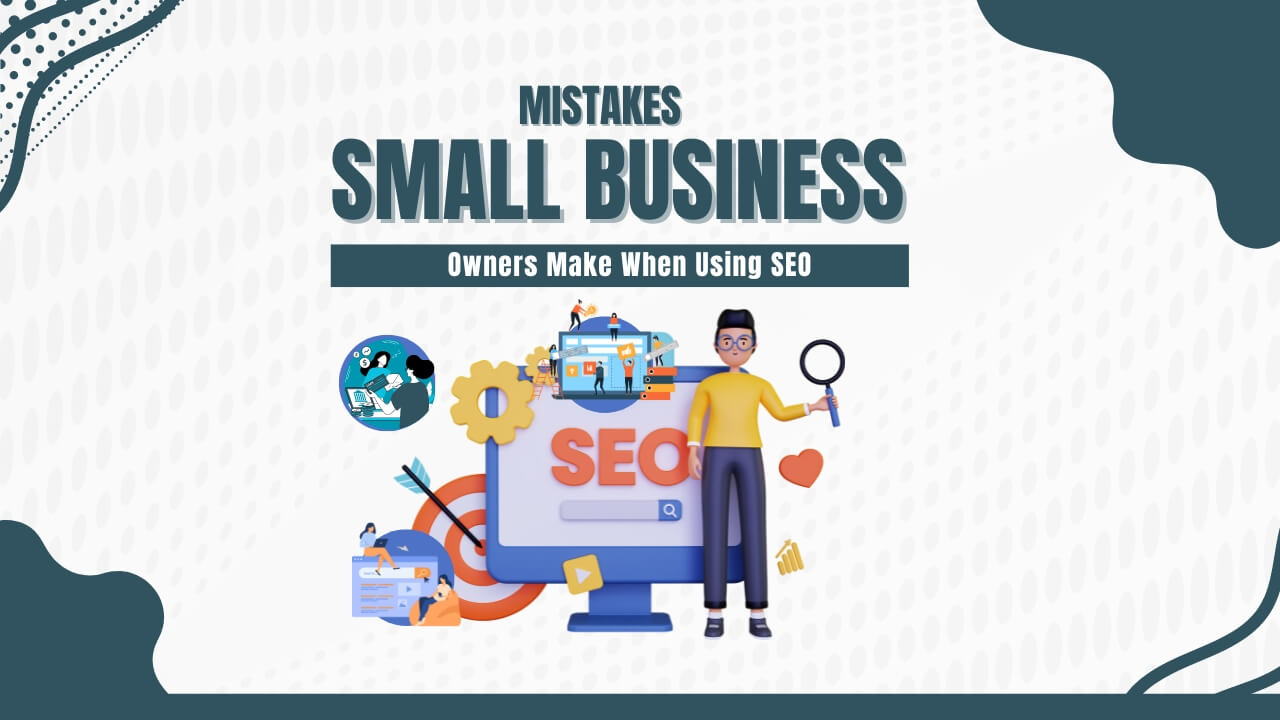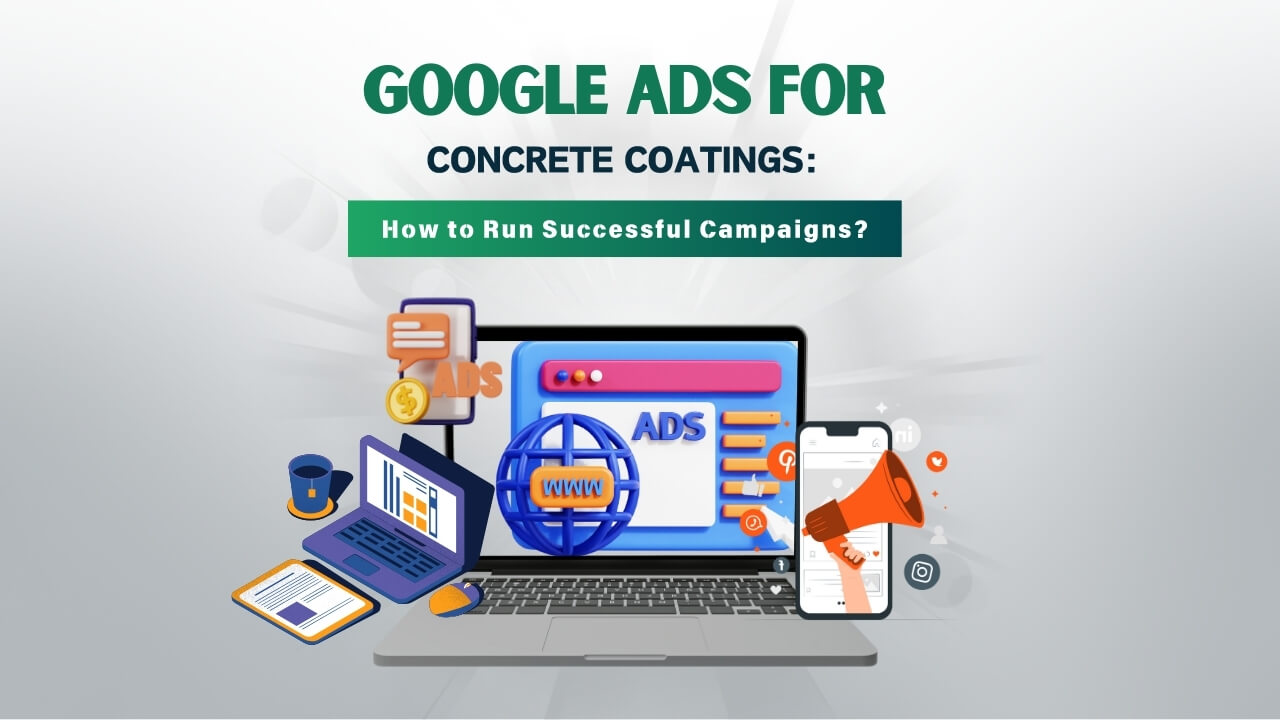Google Ads, as we also discussed in the other blogs, is an online advertising platform, which allows advertisers to display their ads, which can be of any type it can be of their service offerings, product listings, and video content within the overall Google Network.
Google Ads as you know mainly operates on a Pay-Per-Click Model. One of the major key aspects is to manage the Google Ads campaigns and to understand their campaign.
Targeting in Google Ads allows advertisers to effectively showcase their ads based on the specific demographics or people, and also based on their interest behavior.
On the other hand, daily observation allows advertisers to monitor how different criteria affect the performance of their campaigns without restricting the audience criteria.
Basically targeting and observation both are necessary to optimize the ad performance and both should go hand in hand, Targeting and observation both serve different purposes and require distinct strategies.
Well further in this blog, we will look into the detailed concept, exploring their differences, benefits, and how they can be used together to create an effective Google Ads Campaigns so stay tuned with Sujit Shukla.
Understanding Google Ads Targeting:
Now let’s proceed with writing the Understanding the Google Ads Targeting section. This will cover the basics targeting of Google Ads, including various types and their specific advantages and limitations.
This blog will be delivered in multiple parts to ensure coherence and maintain quality throughout the content. So let’s start.
What is Targeting in Google Ads?
Targeting in Google Ads is basically a process of selecting specific criteria to determine who all can see your ads.
It’s all about identifying the right audience who is most likely to be interested in your products or services and directing your advertising efforts toward them.
This approach not only enhances the relevance of your ads to your audience but also improves the overall efficiency of the budget.
Types of Targeting
- Keyword Targeting : Keyword targeting you can say is a foundation of Google Ads. Advertisers select relevant keywords based on their product and services, and their ads will appear to the users who are searching for the particular product or services. This type of targeting is very important for the search campaigns, where the intent is often signaled by the search query itself. The ultimate success to effective keyword targeting lies in understanding the search intent and choosing the relevant keyword that users search for.
- Demographic Targeting : Demographic targeting basically allows advertisers to reach the audience based on their age, gender, income, parental status, and more. This type of targeting is particularly useful for products or services to capture specific segments and audiences. For instance, a brand selling high-end baby strollers might target new parents with a certain income level, ensuring their ads are shown to the most relevant audience.
- Location Targeting : With location targeting, advertisers can specify their geographical areas where they want to show their ads. This can range from countrice to cities to sometimes precise locations like zip codes or even a radius around a specific address. Location targeting is indispensable for businesses that mainly rely on local foot traffic or serve specific geographic markets.
- Device Targeting : Device targeting allows ads to be effectively tailored based on the user’s device type, operating system, or network. This means advertisers can create specific campaigns for mobile users, tablet users, or desktop users, optimizing the ad experience based on the device capability and the user device. For example, a mobile app might target only mobile devices, leveraging the direct pathway to app downloads.
Benefits and Limitations
Benefits:
- Increased Relevance: By effectively targeting specific audiences, ads become more relevant to the audience who see them, improving the chances of engagement and conversion.
- Budget Efficiency: Targeting mainly reduces waste by focusing ad spend on users who are most likely to be interested in what you’re offering, maximizing ROI.
- Better Insights: Targeted campaigns do also provide more detailed data on audience behavior and preferences, aiding in the optimization of future campaigns.
Limitations:
- Over-Specificity: Narrow targeting can limit the reach of your campaigns, which can also exclude the potential customers.
- Constant Maintenance: Effective targeting does also require the ongoing adjustment and optimization based on performance data and change in the market conditions.
- Potential for Bias: it solely relies on certain demographic criteria and can exclude or stereotype groups, sometimes leading to backlash.
Exploring Observation in Google Ads
In the further section, we will be looking into the concept of observation in Google Ads. We will be clarifying how it differs from targeting, its specific functions, and scenarios where observation can be the most powerful tool for the advertisers.
Understanding the nuances between observation and targeting helps advertisers to leverage both the strategy to effectively enhance the campaign performance.
By systematically examining each component of Google Ads targeting and observation, we aim to equip readers with a comprehensive understanding of these critical concepts, enabling them to create more effective and efficient advertising campaigns.
Definition and Functionality
Observation settings in Google Ads do offer a nuanced approach for the campaign management.
Unlike targeting, which basically narrows down who sees your ads based on specified criteria, observation allows advertisers to effectively monitor how different demographics, keywords, or devices affect the performance of their campaigns without narrowing the audience. Essentially, you’re “observing” the impact of these criteria on your campaign’s success.
This functionality is mainly useful for expanding your understanding of how various segments are interacting with your ads.
By setting certain criteria to “observation” mode, you can easily collect the data of the performance metrics like click-through rates (CTR), conversion rates, and impressions across different segments. This valuable insight enables advertisers to make informed decisions about future targeting adjustments and budget allocations.
How Observation Differs from Targeting
The key difference between observation and targeting mainly lies in the audience restriction. Targeting does confines your ad exposure to users who meet specific criteria, effectively limiting your audience to specific groups.
Observation, on the other hand, does not restrict your audience; instead, it tracks how different criteria within your entire audience affect your ad’s performance. This means your ads are still reaching the broader audience, but you can gain valuable insights into specific segments within that audience.
When to Use Observation
Observation is the most effective way whenever you are entering new market segments or understanding the behavior of different user groups without altering your current audience reach. It is mainly beneficial for scenarios like:
- Testing New Markets: Before fully committing your budget to target a new demographic or geographic area, you need to first of all observe how these segments are interacting with your audience segments.
- Refining Targeting Strategies: By identifying which segments are performing well, you can refine your targeting criteria mainly focusing more on these high-performing groups.
- Budget Allocation: Understanding the segment performance mainly helps in allocating the budgets more efficiently, directing funds toward segments that offer the highest return on investment (ROI).
Benefits and Challenges
Benefits:
- Flexible Testing: Observation allows for the testing of different criteria without the risk that will narrow your audience base.
- Data-Driven Decisions: The insights gained from observation will allow you for more effective targeting strategies and budget allocations, based on actual performance data.
- Enhanced Understanding: Getting a deeper understanding of how various segments interact with your ads can effectively uncover new opportunities and areas for optimization.
Challenges:
- Data Overload: Without proper analysis, the data which has been collected can be overwhelming and may lead to analysis paralysis.
- Subtle Insights: The nuances in performance across observed criteria does require a keen eye to interpret correctly, which can be hard for the less experienced users.
- Balancing Act: Leveraging observation effectively while managing broader campaign objectives requires a delicate balance, ensuring broad reach does not come at the expense of focus and relevance.
Strategies for Effective Use of Observation and Targeting
In the further section, we will be looking into the practical strategies for integrating observation and targeting in your Google Ads campaigns.
We will be exploring the case studies of successful campaigns, offer advanced tips for optimization, and highlighting the common mistakes to avoid. This segment mainly aims to provide valuable insights that advertisers can effectively apply to harness the full potential of both observation and targeting.
By effectively understanding when and how to use observation alongside targeted strategies, advertisers can effectively craft their campaigns to cater more and more audiences. So stay tuned as we explore the basic strategic synergy between observation and targeting, providing a perfect roadmap for maximizing the impact of your Google Ads campaigns.
Integrating Observation and Targeting in Campaigns
- Strategic Segmentation: The first and the foremost step is to identify your broad market segments that are relevant to your product or service. Then after that do apply your observation to these segments to effectively gather the data on performance metrics. This will allow you to maintain a wide range of reach while pinpointing which segments show promising engagement or conversion rates.
- Data-Driven Optimization: Use the valuable insights that are gained from observation to adjust your targeting strategy. If a particular demographic, location, or device type shows higher engagement or conversion rates, do consider allocating more budget towards the targeting segments. This iterative process will ensure your campaign evolves based on performance data, effectively optimizing your ad spend to get better results.
- Balancing Act: Do maintain a good balance between targeting for efficiency and observation for insights. While targeting ensures your ads are seen by those who are most likely to be interested, observation will help you to easily identify the untapped opportunities or areas for improvement. This balancing is very important for long term success.
Advanced Tips for Optimization
- Layered Targeting and Observation: Do prefer combining multiple targeting and observation criteria to get valuable and more deeper insights. For example, effectively observing how different demographics are interacting with your ads across various locations, this can introduce new unique trends that inform more granular targeting adjustments.
- Seasonal Adjustments: Use observation to understand how seasonality is affecting your campaign. Based on that do adjust your targeting and budgeting strategies to capitalize on peak periods and to explore new opportunities with the growing period of time.
- Leverage Automation and AI: Google Ads also offers some of the automation features through which you can easily optimize your targeting and bidding based on the performance data. While leveraging these features, do continue the use of observation to understand the underlying trends and to ensure the automation that will effectively align with your targeting goals.
Common Mistakes to Avoid
- Over-Reliance on Broad Targeting: While broad targeting can effectively attract a wide range of audience, it may not always result in the most efficient use of your ad budget. Use observation to identify high-performing segments and based on that adjust your strategy based on the group.
- Ignoring Negative Signals: Observation can also reveal certain segments that are not performing well. It’s essential to act on these insights by excluding or de-prioritizing these segments in your targeting strategy to avoid wasting ad spend.
- Stagnation: The digital advertising landscape is dynamic, with the audience behavior and platform algorithms is been constantly evolving. A common mistake is to set observation and targeting parameters and then neglect to review and adjust them regularly. So it is better to continuously optimize your observation to stay ahead in the competition.
Future of Advertising: Observation, Targeting, and Beyond
As we look further into digital advertising, emerging trends and technologies promise to enhance the capabilities of observation and targeting.
In the final section, we will be exploring the role of AI and machine learning to effectively shape the next generation of Google Ads. Advertisers should be aware of the new trends, and how to prepare for future changes in the advertising landscape.
This journey through the strategies for effective use of observation and targeting mainly uncovers the importance of a data-driven approach towards the Google Ads campaigns.
By effectively leveraging the insights and looking into the common pitfalls, advertisers can effectively optimize their campaigns to maximize their performance. Stay tuned as we conclude our exploration with a look into the future of advertising.
As we peer into the horizon of digital advertising, the evolution of technology, particularly in AI and machine learning, is set to redefine how we approach observation and targeting in Google Ads.
These advancements promise not only to automate mundane tasks but also to unearth deeper insights into consumer behavior, enabling advertisers to craft more personalized, efficient, and impactful campaigns.
The Role of AI and Machine Learning
AI and machine learning are already transforming Google Ads, from automated bidding strategies to dynamic ad creation and optimization. These technologies analyze vast amounts of data in real-time, predicting user behavior and optimizing ad performance far beyond human capabilities.
In the future, we can expect AI to deliver even more sophisticated targeting by identifying patterns and trends that are invisible to the naked eye, enabling advertisers to reach their ideal audience with unprecedented precision.
Emerging Trends in Digital Advertising
- Privacy-First Targeting: With increasing concerns over user privacy and the phasing out of third-party cookies, advertisers must adapt to a privacy-first approach. This shift will likely lead to the rise of context-based targeting and the use of first-party data, where observation plays a crucial role in understanding audience behavior within these new constraints.
- Augmented Reality (AR) and Interactive Ads: The integration of AR technology and interactive elements into ads opens new avenues for engaging potential customers. These technologies can provide valuable data on user interaction, offering deeper insights into consumer preferences and behavior.
- Voice Search Optimization: As voice-activated devices become more prevalent, optimizing for voice search will become increasingly important. Observing how voice searches affect ad performance and user engagement will be crucial for staying ahead in this emerging space.
Preparing for Future Changes in Google Ads
To navigate these changes, advertisers should focus on building a strong foundation of first-party data and embracing new technologies and trends as they emerge. Staying informed and adaptable will be key to leveraging the full potential of observation and targeting in this evolving landscape.
Moreover, a continued emphasis on user privacy and ethical advertising practices will be essential in maintaining trust and relevance among audiences.
Conclusion
The strategic use of observation and targeting in Google Ads campaigns represents a powerful approach to digital advertising, enabling businesses to reach their desired audiences with precision and efficiency.
As technology continues to advance, embracing AI, machine learning, and emerging trends will be crucial for staying competitive. By adapting to these changes and maintaining a focus on data-driven strategies, advertisers can ensure their campaigns remain effective, engaging, and aligned with the evolving digital landscape. The future of advertising is bright, and those who leverage observation and targeting intelligently will lead the way.






